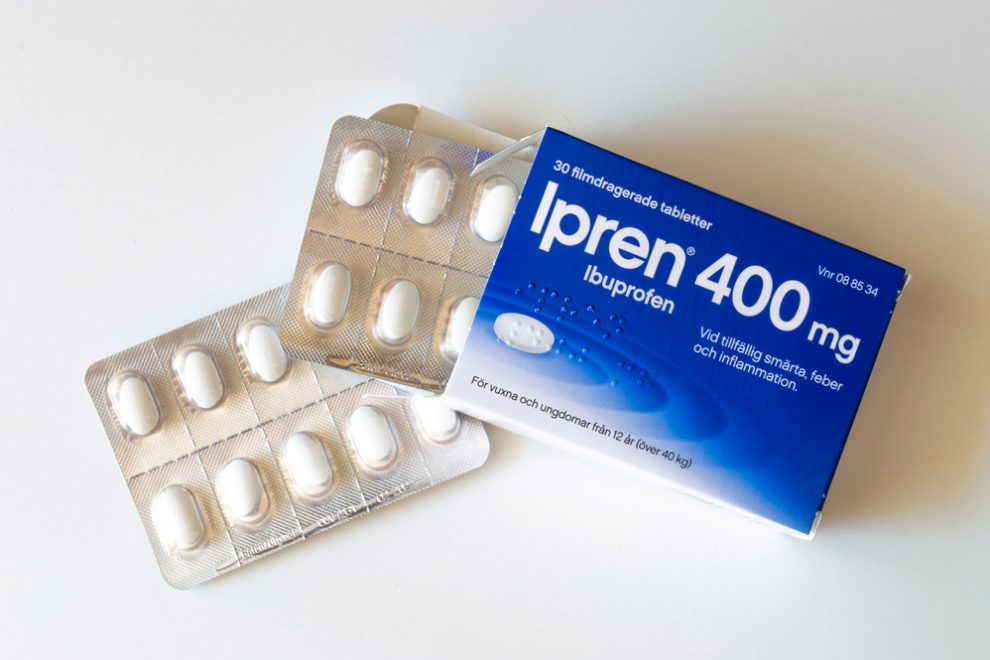THE IMPORTANCE OF PACKAGING IN COMMUNICATION
The packaging used in the manufacture of different products fulfils a number of different criteria. One important one is for protection – particularly if the product itself is made of glass and possibly fragile. Designing and developing the packaging that is wrapped around it ensures its safe transportation.
Brand recognition is also an essential element of packaging’s function in the overall marketing mix. The greater the emotional reaction good packaging can evoke in a potential customer, the more likely they are to buy not just once, but many times!
One area that can be overlooked in the design of packaging is communication. A product’s packaging is seen as the window into its features and benefits, and ultimately communicates a number of important facts to the potential buyer, so that the buyer is cognisant and fully informed of all aspects of the product they are considering buying.
Most important is the dissemination of information that could affect the health and well-being of the customer.
Government Health Warnings on Cigarette packets
Over the last century, cigarette packaging has transformed from being a depiction of glamour and elegance in the 1920s, to a stark warning with graphic pictures of blackened lungs, cancerous mouths and truncated limbs in the 2020s.
Cigarette packaging guidelines altered considerably for two key reasons – to stop glamorising smoking, and making it attractive to people, and to ensure that the message is being clearly communicated that smoking kills! Associated advertising is banned, as are any sponsorship deals of major sporting events.
Cigarette packaging does exactly what it does with absolutely no frills. It reminds you of the dangers of smoking. Blatantly!
Alcohol packaging
While not so stringent as cigarette packaging, alcohol packaging still has to conform to food labelling and packaging rules. So if you are launching, for example, a new beer product onto the market, the beer can packaging needs to contain the following information:
- Any ingredients and added agents that might lead to allergies
- How much drink the can contains
- A best before date
- Country of origin
- Name and address details of the producer
- How much alcohol by volume (ABV) if the beer is stronger than 1.2 per cent ABV
The communication of this information is essential for the consumer to ensure that they are fully informed before making a decision or not whether to purchase and drink the product.
Pharmaceutical packaging
Pharmaceutical packaging is a highly specialised area, and all pharmaceutical printing must conform to the PQG Pharmaceutical Quality Group standards in relation to pharmaceutical and medicinal packaging (PS 9000:2016 and ISO 9001:2015).
These regulations are there to protect the end user in terms of dosage and contraindications, but they are also designed to counteract the effects of the market being flooded with cheap alternative medications that have been manufactured in unregulated, illegal factories in an attempt to cash in on a lucrative market.
Food packaging
Food packaging should repel as much as it attracts if you take into account the number of people who suffer from allergies caused by different ingredients. In processed foods particularly, there are traces of different products which you may not even be aware were included in a food product. For example, if a nut oil trace was used, but this was not communicated on the packaging, then someone with a nut allergy could consume the product and suffer from a potentially fatal anaphylactic shock.
To this end, it is as important to the manufacturer as it is to the consumer that everyone is informed wholly about the contents of food products – to both save a life, and to spare the manufacturer from the risk of legal action should someone die as a result of a reaction to their product.

































